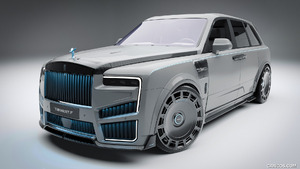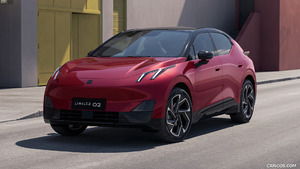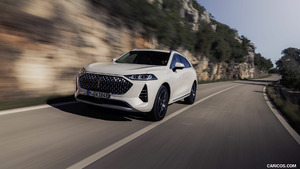Audi TT TDI
Fun, frugal and now driving all four wheels for optimal all-weather performance – the ever- popular TT 2.0 TDI with its blend of compelling pace and level-headed economy is now also available with the reassurance of quattro drive. Coupe and Roadster versions of the new TT 2.0 TDI quattro will become available for UK ordering early in 2017 and will reach their first customers here next spring.
The new quattro-equipped duo will complement the existing front-wheel-driven TT 2.0 TDI ultra models, which will continue alongside them. Where these are equipped exclusively with six-speed manual transmission, the new 2.0 TDI quattro variants use a six-speed S tronic twin-clutch transmission without exception.
The quattro drive uses an electro-hydraulic multi-plate clutch to distribute the torque to both axles. In many everyday driving situations, it will direct the engine’s power predominantly to the front wheels. Should traction decrease there, the clutch continuously redirects the torque to the rear within a few milliseconds.
At the limit, the quattro system operates in tandem with wheel-selective torque control, an intelligent software feature of the Electronic Stabilization Control (ESC). This makes handling even more fluid and stable thanks to targeted, accurately metered brake applications to the wheels on the inside of the bend. On low-friction surfaces, the permanent all-wheel drive system even allows safe, controlled drifts.
quattro integrated into Audi drive select
The clutch management is integrated into the Audi drive select dynamic handling system which is a standard feature of all UK specification TT models. This allows the driver to select Comfort, Auto, Dynamic, Efficiency and Individual modes which modify the character of their TT. As well as governing the all-wheel-drive system, Audi drive select influences throttle response, steering assistance and S tronic transmission shift points. It also integrates several optional modules such as the Audi magnetic ride adaptive damper control and the deluxe automatic air conditioning.
The compelling performance of the Audi TT stems from its combination of quattro drive and the refined flow of power from the four-cylinder diesel engine. Its 184PS output is combined with plentiful torque of 380 Nm (280.3 lb-ft) available between 1,750 and 3,250 rpm. The common rail system injects the fuel through eight-hole nozzles at up to 2,000 bar. The high pressure paves the way for fine atomisation, making the combustion process efficient and low on emissions. The intercooler is located in the intake manifold module. Along with the compact design, this arrangement achieves short gas paths, effective control processes and therefore instantaneous response coupled with high efficiency.
The TT Coupé 2.0 TDI quattro S tronic accelerates from 0 to 62mph in 6.7 seconds and goes on to clock up a top speed of 145mph.The Roadster accomplishes the standard sprint in 7.0 seconds and continues to a top speed of 142mph. In the Coupé, the 2.0 TDI quattro S tronic achieves fuel consumption of 54.3mpg according to the NEDC measuring method, which equates to 137 grams of CO2 per kilometre. For the TT Roadster, the figures are 52.3mpg and 142 g CO2 per kilometre.
Even before the introduction of the new 2.0 TDI quattro S tronic models, the world renowned quattro system was already the choice of one in every two Audi customers worldwide. Taking into account the newcomers the Audi TT portfolio now comprises seven engine/transmission variants, of which five are petrol versions. The many advantages of quattro drive can already be enjoyed in TT 2.0 TFSI 252PS and 310PS TTS models.









